

Best pH Probes For Hydroponics in 2025 – A Complete Buying Guide
Finding the best pH probe for hydroponics can make or break your growing success. In hydroponics, maintaining the correct pH is essential because it directly
# Type at least 1 character to search # Hit enter to search or ESC to close

No products in the cart.

No products in the cart.
Product Categories

Shrimp farming is all about maintaining optimal water quality to achieve high productivity and survival rates. Important factors to look out for include dissolved oxygen, pH, ammonia, nitrite, alkalinity, and temperature. Proper aeration, water exchange, and filtration can help control the quality of water. Excess nutrients and metabolic wastes can accumulate as well as disease pathogens thus necessitating good biosecurity measures. Regular water testing and corresponding action are necessary for creating a perfect environment for shrimp health and growth.
Shrimp is one of the world’s most sought-after seafood among other sources of protein. However, several problems may affect the shrimp’s health or productivity during their life cycle which affects the success of shrimp farming.
So, if you want your shrimp farm business to be sustainable as well as profitable you must understand these common challenges so that you can apply feasible solutions where necessary.
Shrimp aquaculture refers to the rearing of shrimps in controlled environments usually referred to as ponds; however, they are not natural in any way but are man-made designs meant for microorganism breeding purposes. The life stages of shrimp are as followed:
Broodstock maturation: Adult shrimps conditioned to spawn eggs and sperm
Hatchery: Fertilized eggs hatch into post larvae(stages: nauplii) that undergo many molts
Nursery: Post larvae are grown in controlled nursery ponds/ tanks over several weeks
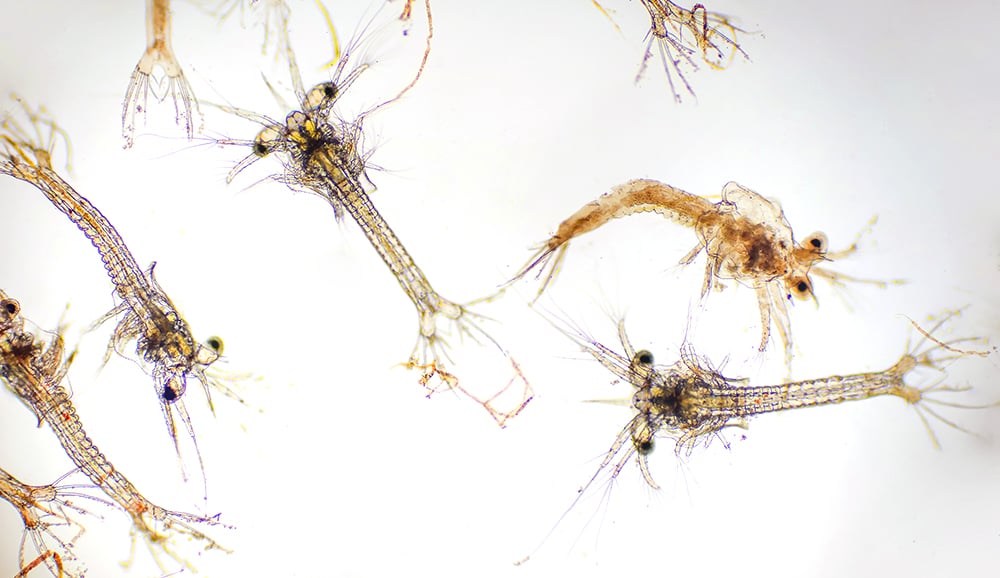
Grow-out: After 3-6 months of regular feedings at specific intervals plus water management juveniles from nursery ponds are stocked into large earthen ponds until they attain marketable sizes
Harvesting: Mature shrimps are live caught and transported to processing facilities
Shrimp farming is faced with several challenges which may greatly affect the productivity and profitability of the business. Some of these main issues include:
Disease outbreaks: Diseases such as viral, bacterial, or fungal diseases spread quickly within a shrimp farm leading to high death rates, and huge economic losses.
Poor water quality: Changes in water parameters like pH, ammonia levels, and dissolved oxygen cause stress on shrimps making them more susceptible to diseases.
Overcrowding: Excessive stocking densities lead to resource competition, stress, and heightened disease vulnerability.
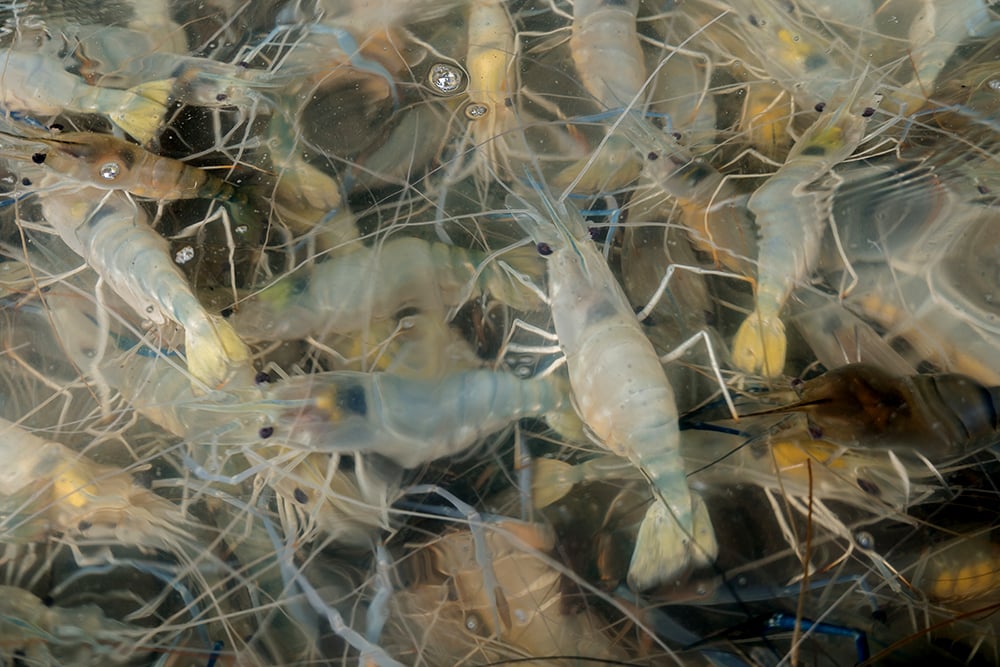
Feed management issues: Inappropriate feeding regimes can be due to poor feed quality or nutrient imbalances that hinder shrimp growth as well as health.
Environmental factors: For example, extreme weather scenarios such as heavy rains or droughts break the fine balance in a shrimp farming ecosystem.
Predation and pests: Aquatic animals e.g., birds, crabs among others against shrimp populations are called predators while algae/parasites are commonly referred to as pests
To start with, you must employ biosecurity measures. To do this you may establish strict biosecurity protocols including quarantine procedures, frequently disinfecting equipment, and regularly checking the health of the shrimp.
Regular monitoring and maintenance of optimal water parameters such as pH, dissolved oxygen (DO), and ammonia levels through appropriate water exchange, aeration, and use of technologies like sensors will be necessary as well.
As earlier stated, overstocking is common in shrimp farming; so it is important for you to properly monitor the number of shrimp kept in each pond so that they can have enough space and resources to grow.

Another way to help your shrimp thrive is by improving feed management. A balanced feeding regime should be used in addition to high-quality feeds while monitoring shrimp’s feeding behavior to ensure they are getting the right nutrition.
It is essential for any aquatic farming practice including climate-smart practices when running. For example, you could adopt some strategies to mitigate environmental impacts such as weather-resistant infrastructure development, diversification of production and emergency response plans implementation.
Water quality plays a vital role in shrimp farming since it directly affects their health, size, and survival. Good water conditions are key ingredients for successful sustainable shrimp farming operations.
Several factors can affect water quality within a shrimp farm pond including:
Water source and composition: The overall quality of both the filling and replenishing waters together with the presence of dissolved minerals plus organic matter within them would significantly influence overall water quality.
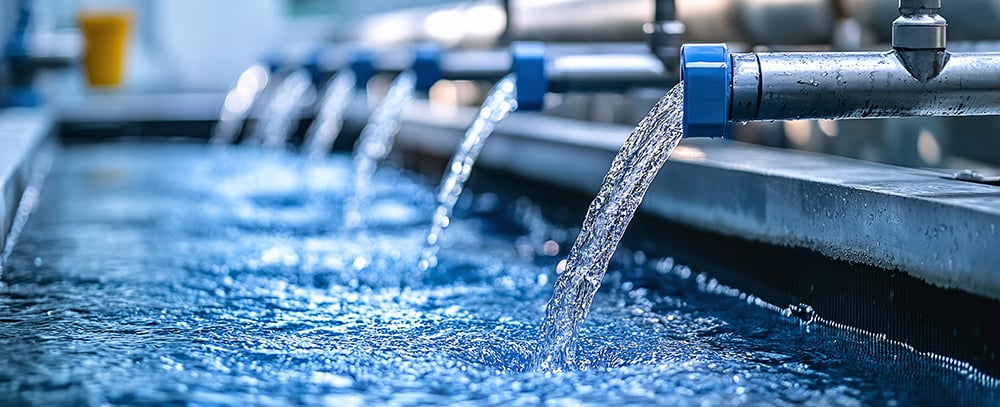
Stocking density: Poorly managed high stocking densities lead to increased waste generation that degrades water quality.
Feed management: Uneaten feed together with other forms of waste from shrimps could cause organic matter buildup as well as the release of ammonia and other nitrified compounds.
Environmental conditions: The weather, sunlight, and other environmental factors can result in temperature, pH, and dissolved oxygen variations.
Pond management practices: The water quality in shrimp ponds is significantly affected by the frequency of water exchange, method of aeration as well as waste removal.
Regular monitoring and testing of the water quality in shrimp ponds is important for identifying any potential issues before they become problematic. Some key aspects of water quality that must be monitored are:

By regularly testing these parameters and keeping detailed records, you will be able to identify trends that help you address any issues on water quality that arise promptly.
To retain the best water quality standards in ponds; that are optimized for the growth of shrimps, a variety of control measures may be employed. These can include:
Water exchange: By continuously replacing some portion of the pond’s water with clean and high-quality water, it becomes possible to dilute waste products.
Aeration: In addition to organic matter decomposition, mechanical aeration devices like paddle wheels or air diffusers can increase oxygen content.
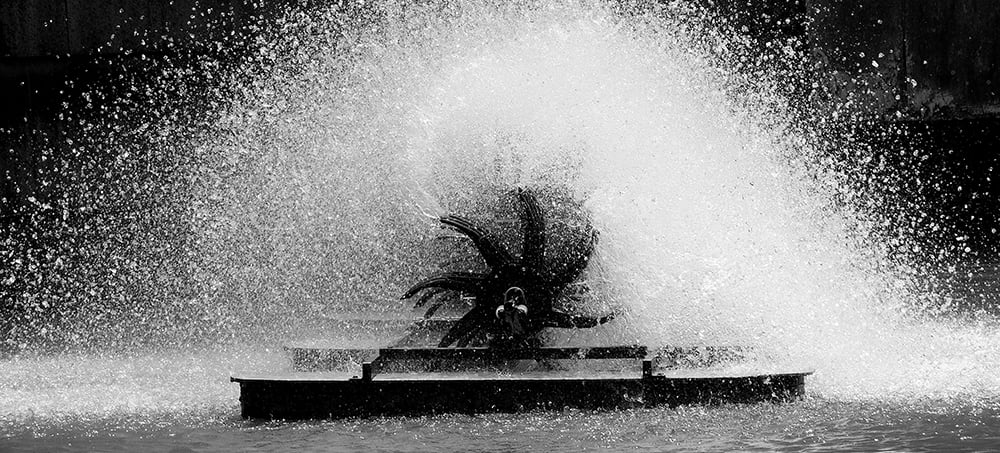
Biofiltration: The introduction of biological filtration systems such as sand filters or bio floc technology could also help eliminate waste materials and maintain an effective nitrogen cycle.
Water treatment: Different methods used for pathogen control and maintenance of water quality include ozonation, UV irradiation, and probiotics.
Pond management: Better practices concerning pond preparation, stocking, feeding, and waste removal can remarkably enhance both the health of shrimps and the quality of water.
To ensure success over time within your shrimp farming enterprise you must address all aspects of water quality management. Here are some best practices that you should consider:

With technology advancing, shrimp farmers have a variety of tools and solutions to help them improve water quality control. Some of the most effective technologies include:
Automated water quality monitoring systems
Continuous sensors detect key water parameters thus providing real-time data.
Recirculating aquaculture systems (RAS)
By reducing the need for water exchange, this technology conserves more nutrients hence cleaner freshwater is realized.
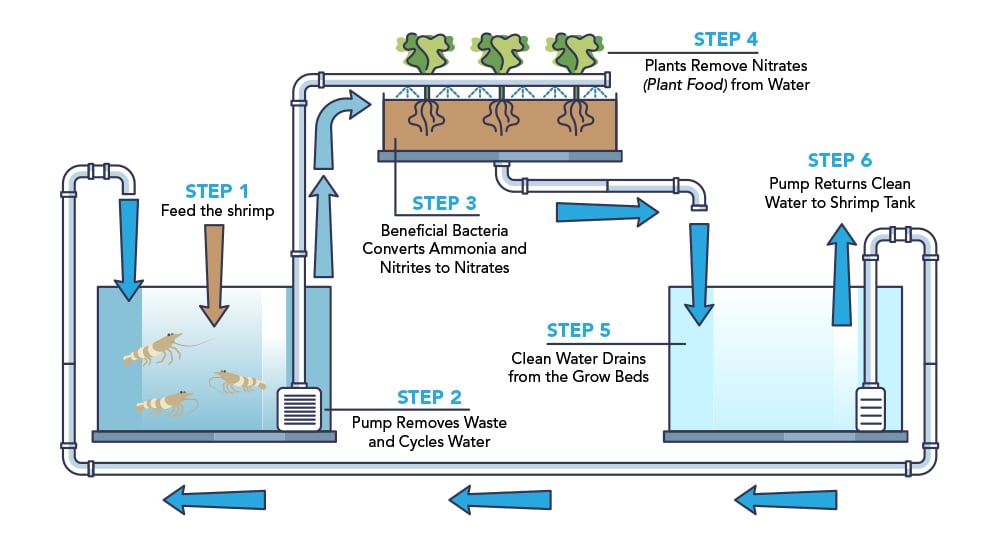
Biofloc technology
Under bio floc systems, beneficial bacteria convert shrimp waste into food which improves the pond environment without requiring replacement of old H20 with new one.
Ozonation & UV disinfection systems
Pathogen eradication happens in such cases as organic matter oxidation follows plus sterilizing agents added to purify waters.
Pond management software: These are computer programs tailored to track specific details on farm operations including disease prevention, and feeding rates among others related to both fish health care or culture practices like manipulating temperature inside ponds, etc.
Shrimp farming is a complicated practice, though understanding common issues and implementing effective remedies could increase the possibility of success and profitability. Maintaining optimal water quality is important for shrimp farming; hence applying best practices and utilizing the latest technologies can lead to a successful and sustainable enterprise.
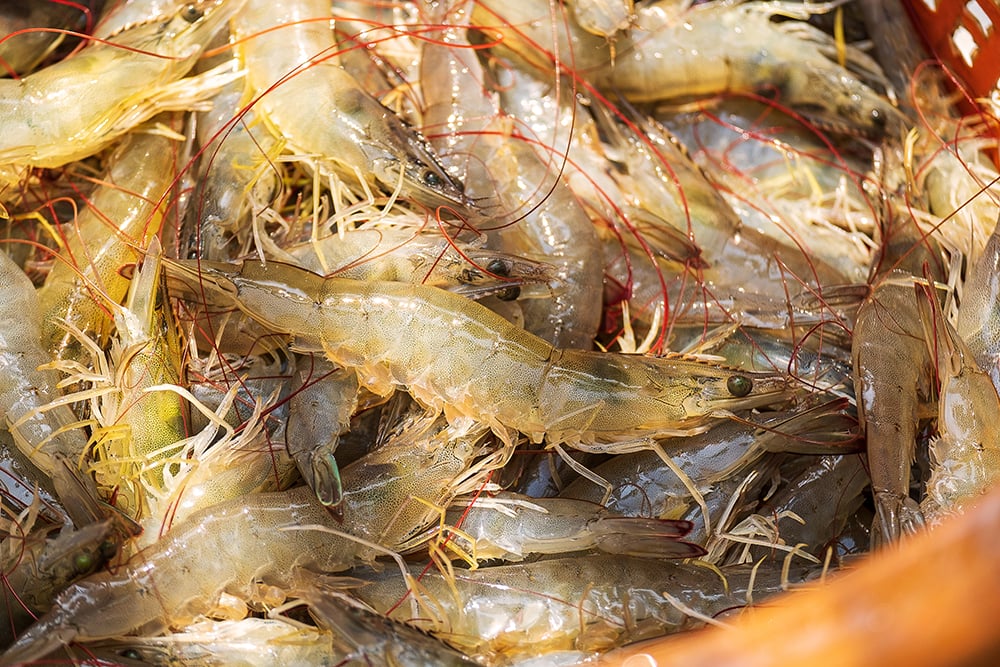
If you have any questions regarding shrimp farming, or what testing kits we have to make your fish farming journey easier, do not hesitate to contact the world-class team at Atlas Scientific.













Finding the best pH probe for hydroponics can make or break your growing success. In hydroponics, maintaining the correct pH is essential because it directly
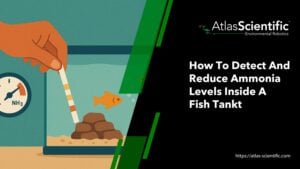
The fastest way to reduce ammonia levels in a fish tank is to perform partial water changes, temporarily stop feeding fish, use chemical filtration, increase